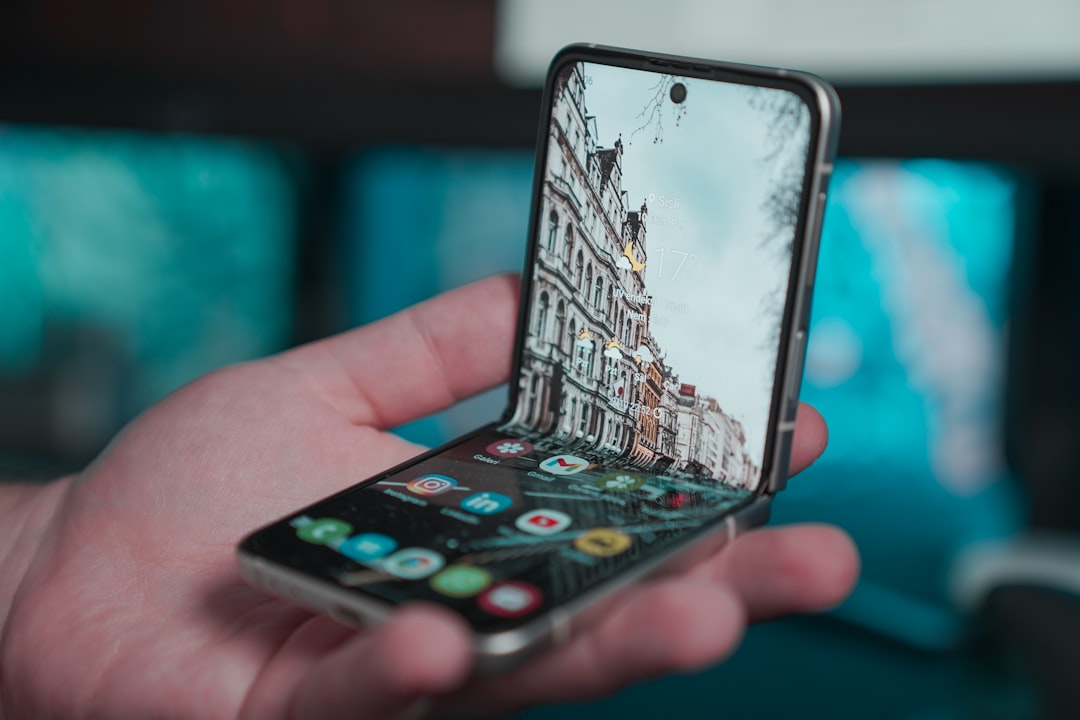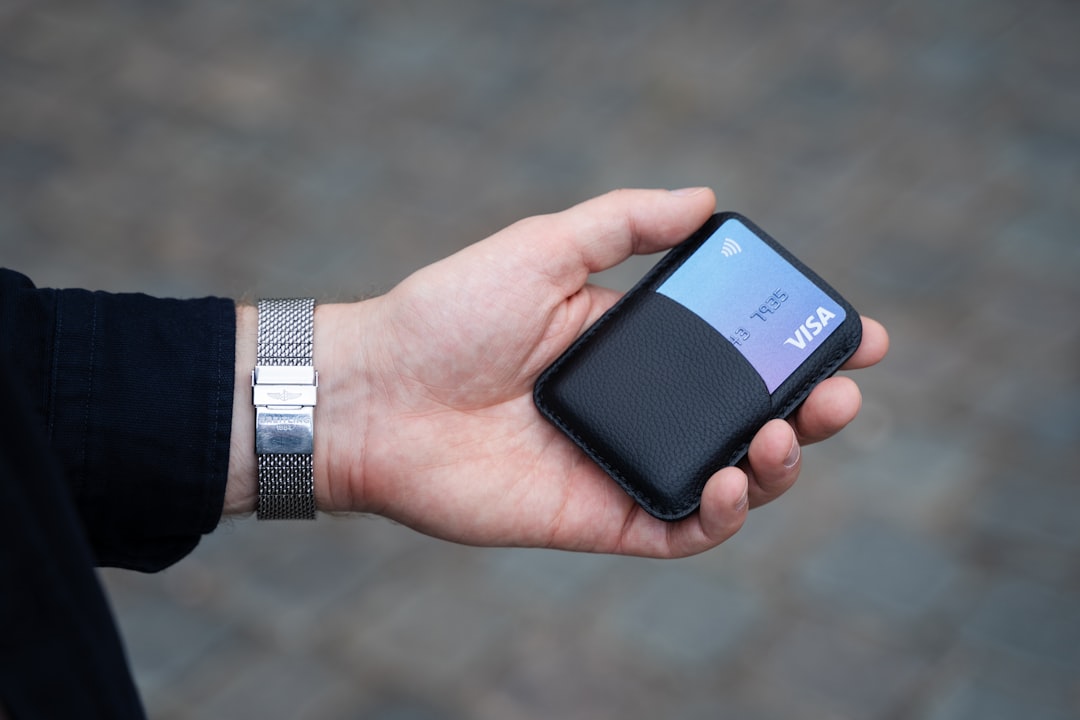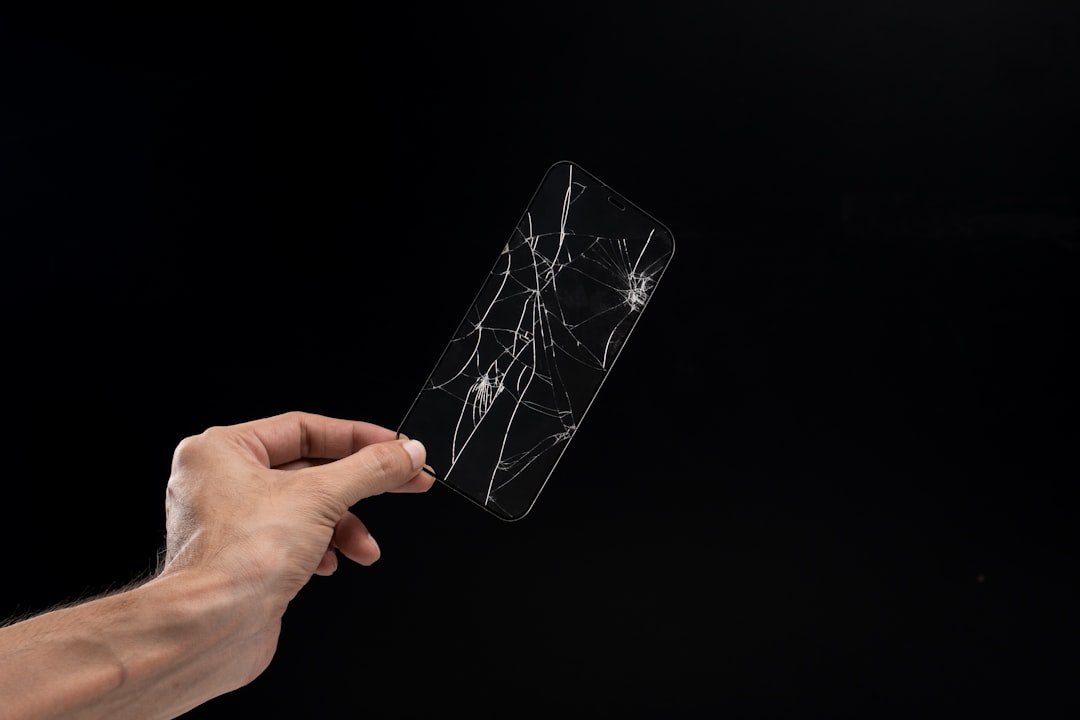The Future of Foldable Phones: Trends, Innovations, and What’s to Come
Foldable phones have been making waves in the tech industry, offering users a new way to interact with their devices. With the latest advancements, it’s essential to explore the current trends, innovations, and what’s to come in the future of foldable phones.
Trends in Foldable Phones

One of the significant trends in foldable phones is the improvement in display quality. The Galaxy Z Fold 7, for instance, features a 7.6-inch Dynamic AMOLED display with a 120Hz refresh rate, providing an unparalleled viewing experience.
Another trend is the incorporation of artificial intelligence (AI) in foldable phones. AI-powered cameras, like the one found in the Galaxy Z Fold 7, are capable of capturing stunning images with enhanced low-light performance.
Innovations in Foldable Phones

One of the most exciting innovations in foldable phones is the development of biodegradable fibers. Researchers from Seoul National University have created a groundbreaking biodegradable fiber that could revolutionize textile electronics, tackling the growing e-waste problem.
Another innovation is the advancement in 6G technology. A Swedish 6G lab is working on creating crash-free driving by combining next-gen connections and edge computing. This could have significant implications for the automotive industry.
What’s to Come

As foldable phones continue to evolve, we can expect to see even more impressive innovations. The Galaxy G Fold tri-fold, for instance, is rumored to be in the works, offering users an even more unique and versatile device.
The future of foldable phones is exciting, with advancements in display quality, AI-powered cameras, and biodegradable fibers. As the technology continues to improve, we can expect to see even more impressive innovations that will change the way we interact with our devices.
Conclusion
In conclusion, the future of foldable phones is looking bright. With the latest advancements in display quality, AI-powered cameras, and biodegradable fibers, it’s clear that this technology is here to stay. As the industry continues to evolve, we can expect to see even more impressive innovations that will change the way we interact with our devices.